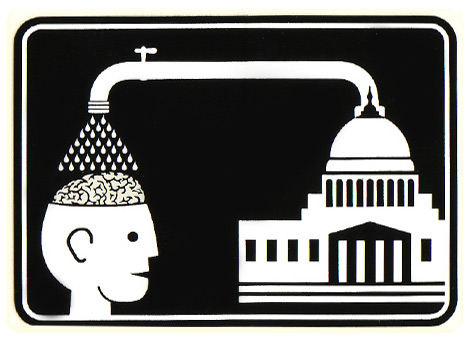
Recently MasterPo had an insightful (and rather unsettling) conversation.
The other person, a woman in her early 40’s, said she has $50,000 in credit card debt. Like most credit card debtors she’s paying very high interest which causes less and less of the minimum payment to be applied to principle. Thus, according to the disclosure on the statements, indicate at min payment it will take 20 years to pay them off (presuming of course no additional charges).
And, like most credit card debtors, this didn’t happen overnight but built up over time as she charged this or that she didn’t have the cash to pay for but felt she “needed”. In truth, some of the things she charged were really needed like gas for the car to get to work, food, basic clothing (this person doesn’t at all dress lavish), etc.
So MasterPo asked her a question: “If you could make all these debts just go away, have a totally clean slate, what would you do differently to prevent yourself being back in this situation a couple of years from now?”
Her answer: “I don’t know. Probably nothing.”
MasterPo has sympathy.
MasterPo has been in the situation where you do need something urgently so it gets bought on credit. Yet, even while signing the receipt, having no idea where the money to pay the bill will come from and just hope to figure it out later. Not a fun way to live!
Yet it is the response that most troubling: This woman has not recognized there is a fundamental flaw in her living style that encourages frequent over spending and high debt. Plans can go astray and certainly life comes at you fast from odd directions you never see until it’s upon you. But not even considering a plan to remain debt free (if she could erase her debt) is all too typical these days.
But then again, why not?
Why do the right thing?
There are no debtors prisons anymore.
In spite of various bankruptcy reforms passed it’s still pretty easy to declare.
The government (regardless of administration) keeps demonizing banks and lenders for wanting to be repaid (how absurd to loan money and expect repayment on time and in full!)
The government keeps forcing lenders to “work with” people to pay off debt instead of enforcing the original terms of the agreement
You can’t really be denied much for having bad debt – the rates may be higher but there’s always somebody willing to lend to you.
A person can’t really be denied a job or advancement (in spite of the claims of a credit check – something MasterPo never understood anyway but let’s not digress…)
In spite of various bankruptcy reforms passed it’s still pretty easy to declare.
The government (regardless of administration) keeps demonizing banks and lenders for wanting to be repaid (how absurd to loan money and expect repayment on time and in full!)
The government keeps forcing lenders to “work with” people to pay off debt instead of enforcing the original terms of the agreement
You can’t really be denied much for having bad debt – the rates may be higher but there’s always somebody willing to lend to you.
A person can’t really be denied a job or advancement (in spite of the claims of a credit check – something MasterPo never understood anyway but let’s not digress…)
MasterPo doesn’t know how this woman is going to get out from under, nor even if she really wants to be! Even if she does odds are pretty good she’ll be right back in the same situation.
Still, why condemn her when our own government is basically doing the same thing.
If we all just had a printing press in the basement…













